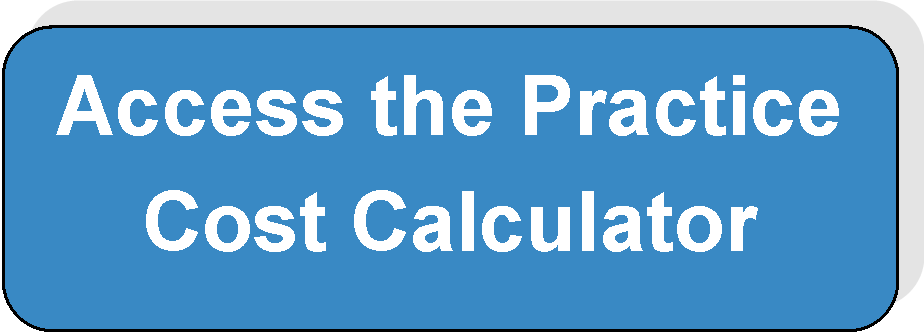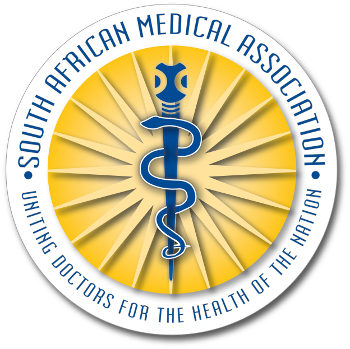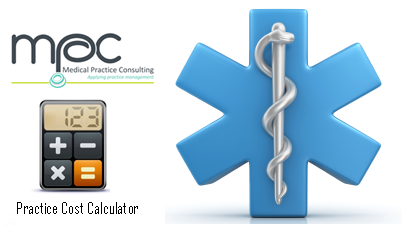The true cost of delivering sustainable healthcare services in the private sector – the Practice Cost Calculator
The effect of the 2004 Competition Commission ruling is that collective negotiation on healthcare tariffs is outlawed. Healthcare professionals must negotiate tariffs with medical schemes individually and that public sectors and representative associations are not permitted to negotiate tariffs on behalf of their members. This ruling has forced healthcare professionals in the private sector to increase their awareness of the financial reporting function of their practice.
The role of medical schemes in the setting of tariffs:
The medical scheme tariff model represents an application of the RBRVS model, where medical schemes have assessed their claims risk profile based on number of claims processed during prior periods, the risk of the re-occurrence of the number of claims during current periods as well as available funds. This resulted in Medical schemes offering healthcare professionals tariffs that schemes could afford, without healthcare professionals being able to assess whether they could deliver sustainable healthcare services at the offered prices.
This does not mean that schemes have been offering tariffs that would necessarily result in a low profit margin or even a loss for the healthcare professional. The healthcare professional enters into a legal contract with the patient and may choose to accept payment from a third party (the scheme) with the scheme offering direct payment to the healthcare professional through a separate legal contract between the healthcare professional and the medical scheme.
The only guidelines that currently exist are from the Health Professions Act 56 of 1974, which states: "the patient may, within three months after receipt of the account from the healthcare professional, apply in writing to the professional board to determine the amount which in the opinion of the professional board should have been charged in respect of the services to which the account relates, and the professional board shall, as soon as possible after receipt of the application, determine the said amount and notify the practitioner and the patient in writing of the amount so determined: Provided that before the professional board determines the said amount, it shall afford the practitioner concerned an opportunity to submit to it in writing his or her case in support of the amount charged."
What the Health Professions Act is alluding to, is that that the tariff charged should represent a fair value, which is why the practitioner is awarded the opportunity to submit support for the amount charged.
What represents a fair value?
We can conclude that a fair value is not below the cost to deliver the service and where tariffs are offered to healthcare professionals that result in a loss, additional fees should be recovered from the patient to support a sustainable business. We also know that a fair value should not be charging exorbitant mark-ups that do not represent a true reflection of the level of skill and risk of the procedure. As with most professional occupations, discretion should be applied when billing for services rendered.
Regardless of the pattern of thought it becomes evident that one constant remains – the healthcare professional requires valid and accurate information to base his/her decisions regarding whether or not to accept tariffs under a contract to receive direct payment from the medical scheme and if not, whether or not his/her assessment of the value of their services is fair, as required by the Health Professions Act.
Current financial tariff models:
Significant focus is placed on practice cost studies throughout South Africa, in an attempt to develop reasonable tariff guidelines for the delivery of healthcare services in the private sector. The fact of the matter is that where practice cost studies are used to calculate tariff guidelines, these tariff guidelines are more often based on the stratification of averages across different professions and specialities, than not. The averages also include extrapolated costs to deliver healthcare services over different geographical locations where the average income of patients varies greatly.
A private healthcare practice is a business, just like any other company registered to make a profit. The practice has direct costs and indirect costs to deliver services and the healthcare professional has to be aware of the income potential of the patients in his/her area, including the type of healthcare services delivered, whether essential or luxury healthcare services. What makes the costing of healthcare services delicate is that a healthcare professional’s services should be offered at a cost that makes it possible for patients in their area to have financial access to the services.
A model based on the application of averages to calculate tariffs could be used effectively in an active market within a developed country but poses significant challenges when applied within a developing country. The following conditions within the South African healthcare industry represent significant challenges for the implementation of an average-based-tariff-model:
- The forces of supply and demand costing are not active in the South African healthcare industry, as healthcare professionals are not truly awarded the opportunity to set the prices of supply when entering into supplier contracts with medical schemes;
- These principles were designed for a developed country – not a developing country and are based on the assumptions that:
- The costs to deliver procedures over a country are purely based on speciality and can be quantified and averaged to deliver a pure Rand Conversion Factor;
- The demographics of a country and the household income of patients do not have a significant impact on the setting of tariffs and
- The vast majority of the population earns comparable salaries (South Africa has a 24.9% unemployment rate).
What could however not be quantified is what effect the geographic location of healthcare professionals in a developing country would have on the setting of tariffs. Tariffs and costs within the South African healthcare industry are not only governed by private sector conditions but also by public sector conditions as well as a demographic distribution that sees significant differences in the household income of South Africans in different areas and ethnic groups:
- The costs to manage a practice within South Africa can be seen to fluctuate significantly even within the same province when comparing areas such as Sandton and Diepsloot, which are both within Gauteng;
- The fluctuations in the procurement of goods and services are much lower in developed countries than those in developing countries and
- The average household income also fluctuates significantly within developing countries, when compared to developed countries;
It can also be said that the use of extrapolated data does not take into consideration the conditions under which doctors in township and rural areas practice medicine, including the qualitative factors such as stress and the lack of infrastructure and support services associated with their environment. These qualitative conditions have a severe impact on the quality of life of the doctor, including the sheer number of patients that the doctor is required to consult, while consciously trying to manage the clinical risk of the patients.
All this information leads us to one question: “How do we solve the problem?”
The only sustainable solution for private healthcare in South Africa to introduce a true supply force to the equation, is for private healthcare professionals to start running their practices as a business. This means that you need to be able to calculate what it costs you to deliver a procedure – including the allocation of direct costs and reasonable allocation of indirect costs, just like any other business with the aim of generating a profit would. When tariffs are negotiated with medical schemes for the delivery of a procedure, you need to be able to calculate a profit on the delivery of the procedure, taking into consideration all relevant costs, and you should be in a position to say “no” to tariffs where the delivery of the procedure is not financially viable for your practice.
You should create and manage dynamic budgets and forecasts that reflect a budgeted profit of your practice, based on actual financial data that has been taken from your practice, which reflects the true cost of delivering procedures in your geographical area. The budget should take into consideration qualitative factors of your geographical area that is not reflected in tariffs offered by medical schemes, including the percentage of household income of patients that can be spent on healthcare services in your area.

Medical Practice Consulting will be assisting private healthcare professionals in calculating the cost to deliver services in their practice through the launch of the online MPC Practice Cost Calculator. Register a free profile on www.mpconsulting.co.za to access the Practice Cost Calculator.

